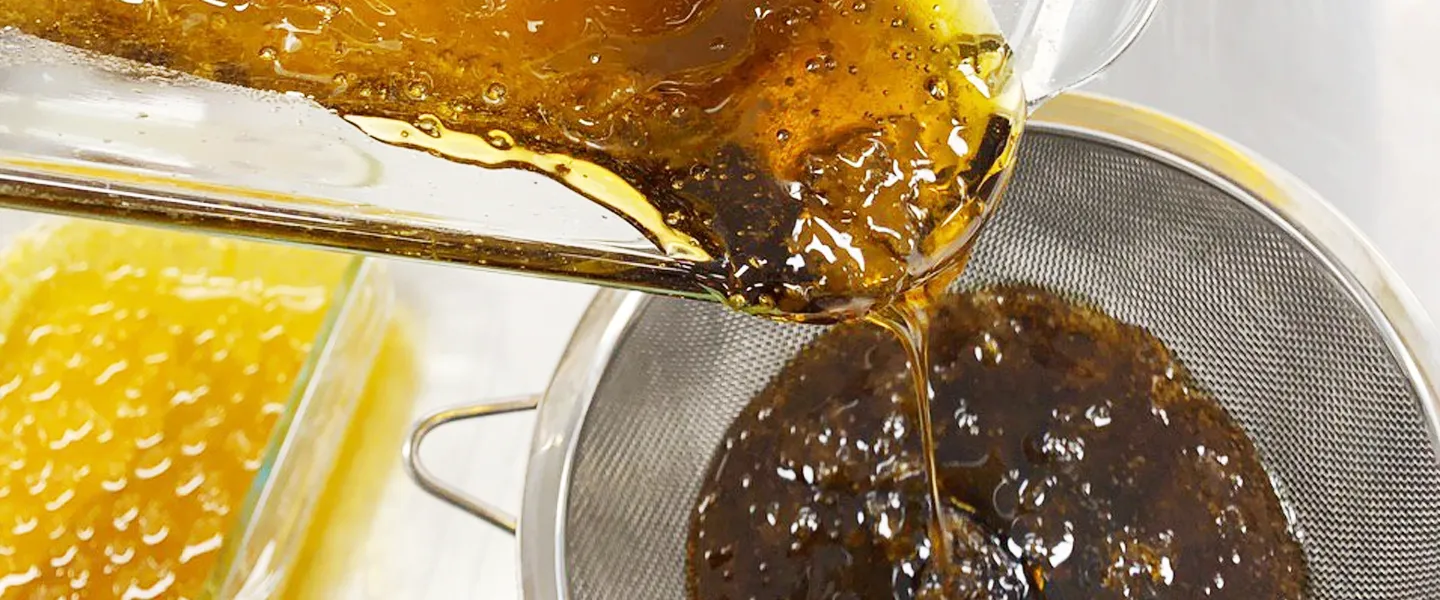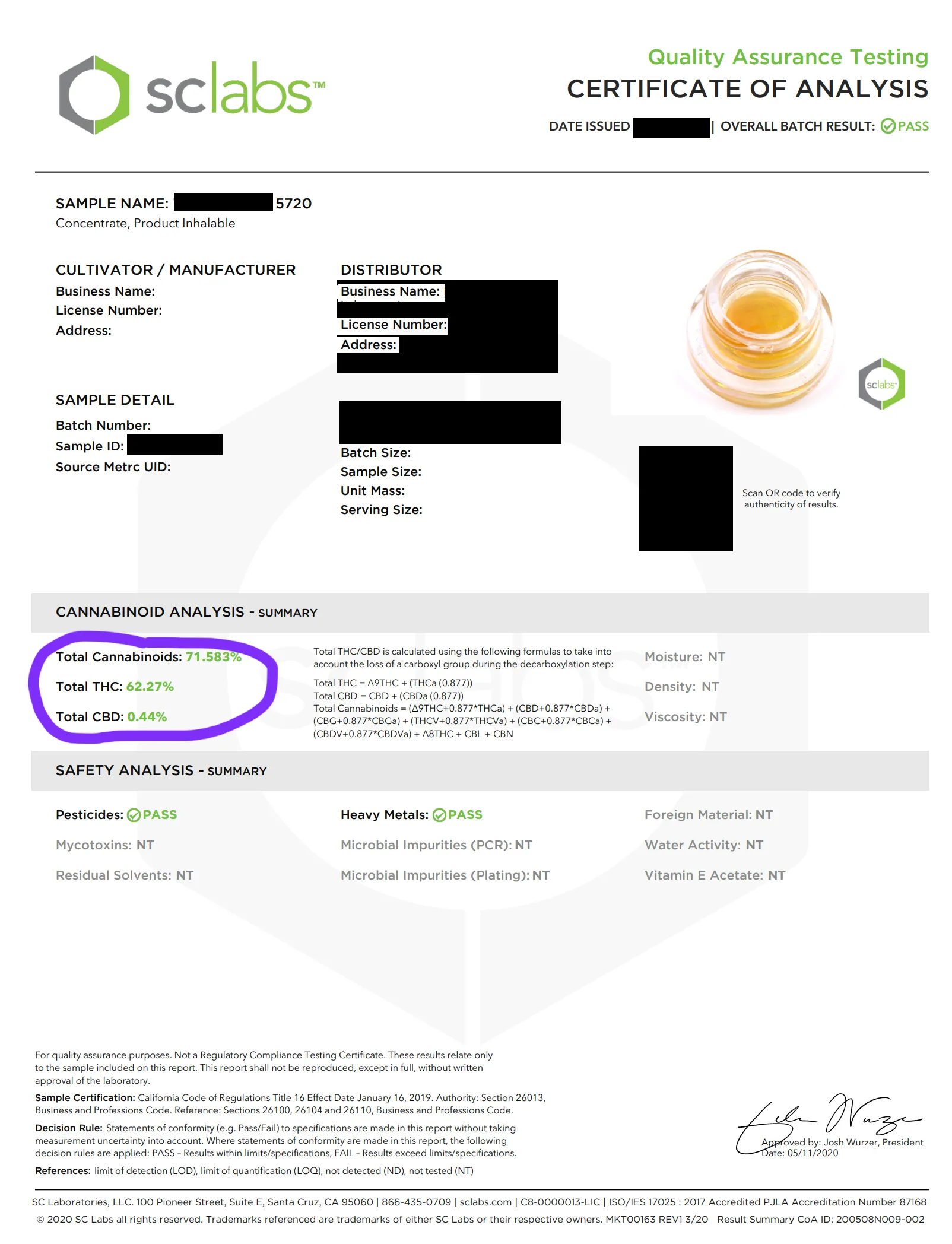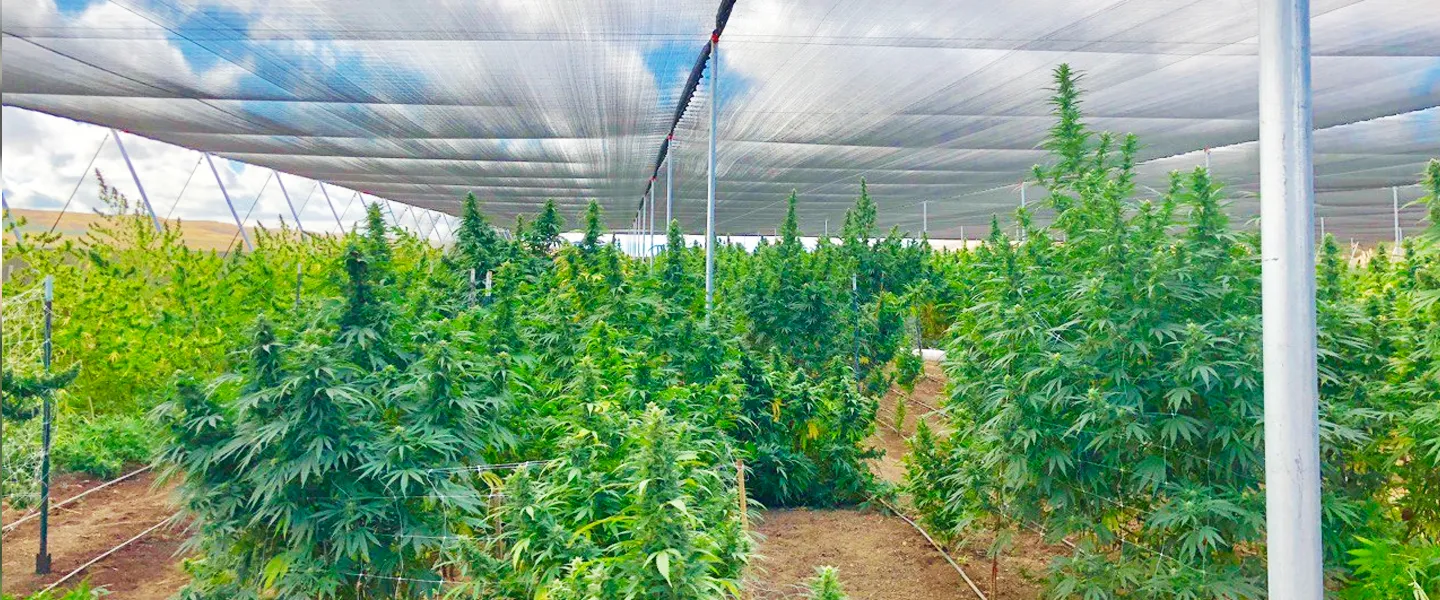Good live resin / cured resin starts from good agricultural processes including selecting the correct phenotypes. If you don’t have access to fresh frozen or nicely cured smalls with trim, you cannot make good live or cured resin regardless of equipment, with a narrow exception from material that can survive partial CRC.
A) Select genetics and phenotypes that produces oil over bud structure – From a single cross there are multiple phenotypes with some producing terpenes and oil over bud structure and looks. For dedicated live resin crops, oil & terpene yield is a far greater importance than other properties.
B) Protect crop with shade cloth so it is not damaged by wind or heat during growth – growing in the desert will strip terps. Excess wind will strip trichomes.
C) On harvest, immediately freeze to fresh frozen or freeze dry (dry curing product will evaporate terpenes which will still make an excellent product but will have less terpenes to dilute)
D) BHO extraction process – use a modern BHO system like LUNA or Precision Extraction system with automated control of multiple variables including propane/butane mixture. Older manual system have the tendency to over cook in the collection pots.
E) Use proper vacuum ovens at low temperatures for removal of residual hydrocarbons without impacting terpenes. Automated vacuum ovens save a lot more terpenes than manual units that over apply vacuum. Over applying vacuum will turn hash into “shatter” like material consistency.
F) When centrifuging terp sauce use a refrigerated centrifuge as the speed and friction can get hot enough to boil light aromatics away
G) Store in sealed containers in cold or refrigerated environment. Hash slabs can store up to 3 years in a sealed subzero environment.




